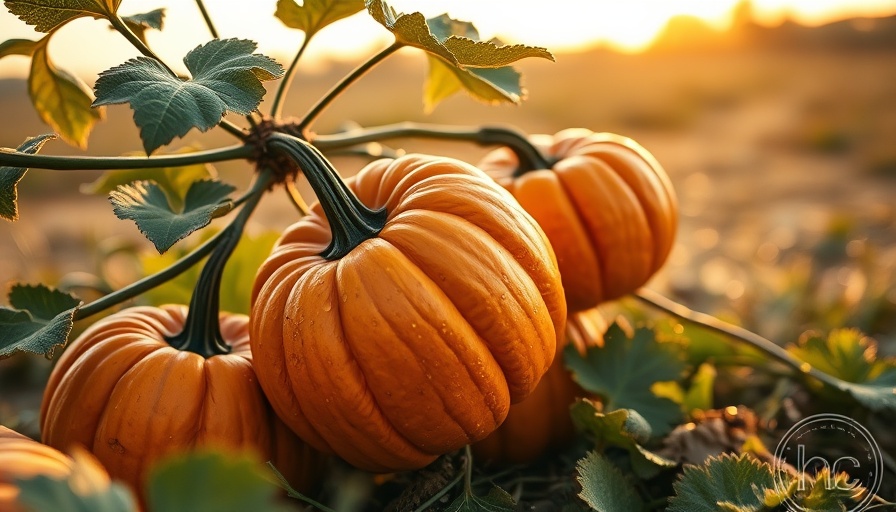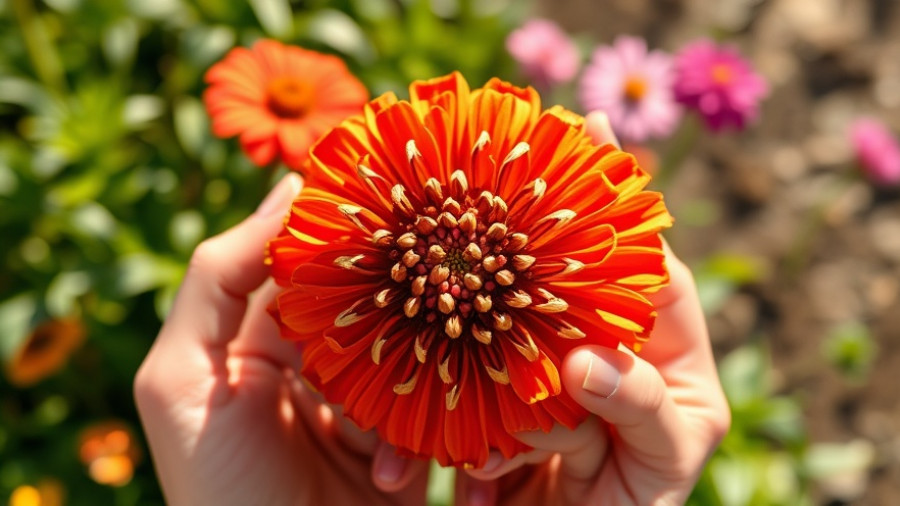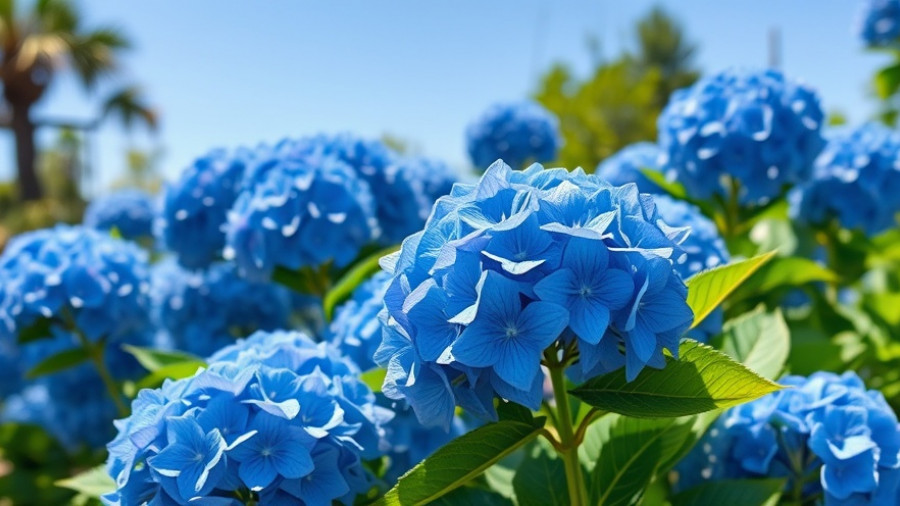
Get Ready for a Bountiful Autumn with Fast-Growing Pumpkins
As summer unfolds, pumpkin enthusiasts need not worry if they haven't planted their seeds yet. July offers an excellent opportunity to sow fast-growing pumpkin varieties that promise charm and flavor even if they aren't the classic jack-o-lanterns. These tips will illuminate how these cozy, colorful fruits can still grace your harvest table in time for autumn festivities.
Why Plant Pumpkins in July?
Traditionally, pumpkins require long growing periods, often stretching between 90 to 120 days for maturity. However, with the right knowledge and quick-maturing varieties, planting during July can still yield delightful pumpkins before the frost arrives. This strategy is particularly advantageous for those who live in regions with shorter growing seasons or who find themselves running a bit late with their gardening plans.
In regions with milder climates, growing pumpkins can extend well into early October, adding vibrant color to both gardens and seasonal decorations. However, for those facing early frosts, it’s crucial to select varieties that mature in 70 to 80 days. Prompt action in planting allows for a fruitful harvest while avoiding the chilly grip of early winter.
Choosing the Right Varieties for Fast Growth
When considering fast-growing pumpkins, aim for bushing types that produce smaller fruits on more compact vines, as these are easier to manage and can offer quicker results. Some recommended varieties include:
- Black Kat Pumpkin: With an enchanting dark green-to-black skin, this pumpkin matures swiftly and stands out in any garden.
- Casperita Pumpkin: An excellent choice for those looking to add an exotic touch, Casperita produces sweet, rich flavors in a compact size.
- Jack Be Little Pumpkin: Adorably small and perfect for decorating, these bite-sized pumpkins are a joy to grow and superb for autumn displays.
Considerations for Planting Pumpkins Late in the Season
Given their sensitivity to frost, it’s paramount for gardeners who plant in July to keep an eye on the weather. To protect the frost-sensitive vines from chilly temperatures, consider implementing a few practical strategies:
- Use frost cloths: These can provide an extra layer of protection during unexpected cold nights.
- Raised beds or mounds: Planting in elevated areas can maximize warmth and support quicker growth.
- Ensure adequate sunlight: Pumpkins thrive under full sun, so select a location that receives 6 to 8 hours of sunlight daily.
Preparing Your Garden for Pumpkin Success
Aside from choosing quick-maturing varieties, proper garden planning is essential for pumpkin cultivation. Implementing thoughtful garden design can lead to a flourishing pumpkin patch. Consider creating raised garden beds or using containers, particularly for small spaces or for those interested in container gardening. Combining pumpkins with other plants can enhance your garden's aesthetics and function, contributing to a beautiful outdoor space.
Plus, every gardener will appreciate the low-maintenance nature of pumpkin plants, especially when paired with eco-friendly yard care strategies that promote soil health and fertility.
The Joy of Growing Your Own Pumpkins
There’s something especially satisfying about growing your own pumpkins. Whether for baking pies, cozy decorations, or festive gatherings, homegrown pumpkins serve as both a source of pride and a reminder of the bounty summer offers. Each pumpkin represents not only a successful gardening endeavor but a connection to the seasons and the joy they can bring to our lives.
Final Thoughts: Celebrate Your Harvest
Transform your garden this July into a vibrant pumpkin patch rich with color and promise. The satisfying experience of growing fast-maturing varieties is accentuated by the anticipation of an autumn harvest laden with warmth and charm. With some planning, care, and insight into your gardening patterns, you’ll ensure that your pumpkins thrive. As the leaves begin to turn and the cooler air sets in, your backyard will become a canvas of seasonal beauty, brightening up your outdoor living space.
 Add Row
Add Row  Add
Add 




Write A Comment